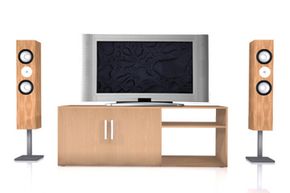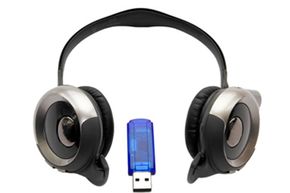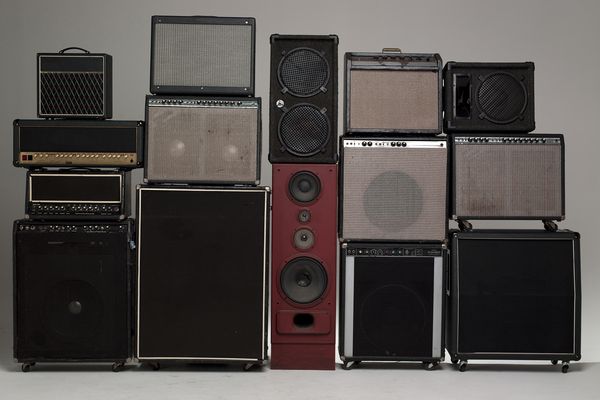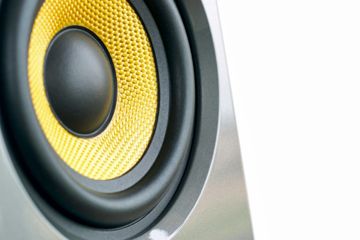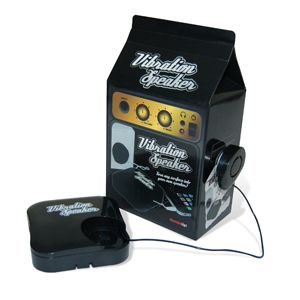The construction of the perfect man-cave is not a trivial undertaking. You must take many factors into consideration. How much light should you let into the room? What size television would work best within the space? What type of furniture will you want to sink into while you prepare to be entertained? And what do you do with all the blasted wires that crisscross our otherwise immaculate fortress of solitude?
Some of those questions fall outside the scope of this article but we can offer up one alternative to anyone who finds wires to be a hassle: wireless speakers. Whether you're trying to create the perfect surround-sound theater at home, an outdoor sound system for a deck or patio, or you just want a decent pair of headphones that won't tangle you up every time you need to move, wireless speakers might help.
Advertisement
But they can have drawbacks too. They have a limited range -- a wireless speaker on the edge of the range of the sound system may not receive a strong signal or have good sound quality. Audiophiles may not find them satisfying. And even a wireless speaker requires power to operate. If that power isn't provided by batteries, you'll need to plug the speaker into a power source. So even wireless speakers can still have wires. We'll take a closer look at the pros and cons of wireless speakers later in this article.
To get started with how wireless speakers work, we first need to understand a bit about sound.
Advertisement
